Visual rhythm
Interview By Michelle Santiago
Fabienne Verdier is a student of both life and art. Her abstract paintings come alive with inspired meditations on the energy of life and the reality of nature. She has studied under the last masters of Taoist aesthetic philosophy in China and completed studies on the painters of the Flemish Renaissance and American modernists. The Paris-born painter, however, has also mastered her signature style that can relay her aesthetic sensitivity and desire to pull viewers into her state of meditation.
She creates her own brushes and tools and uses hard wooden canvases supporting her as she pushes and caries her ink-saturated tools to cast her mark. In 2014, Fabienne became the first visual artist in resident at The Julliard School and embarked on an artistic quest for the harmony between sound and vision.
Working side to side with the musicians, Fabienne worked to synchronize musical motion to the lines in her notebook. Upon returning to her studio in France, she created the works of Rhythms and Reflections, first exhibited at Waddington Custot in London, to further develop on her time spent at Julliard.
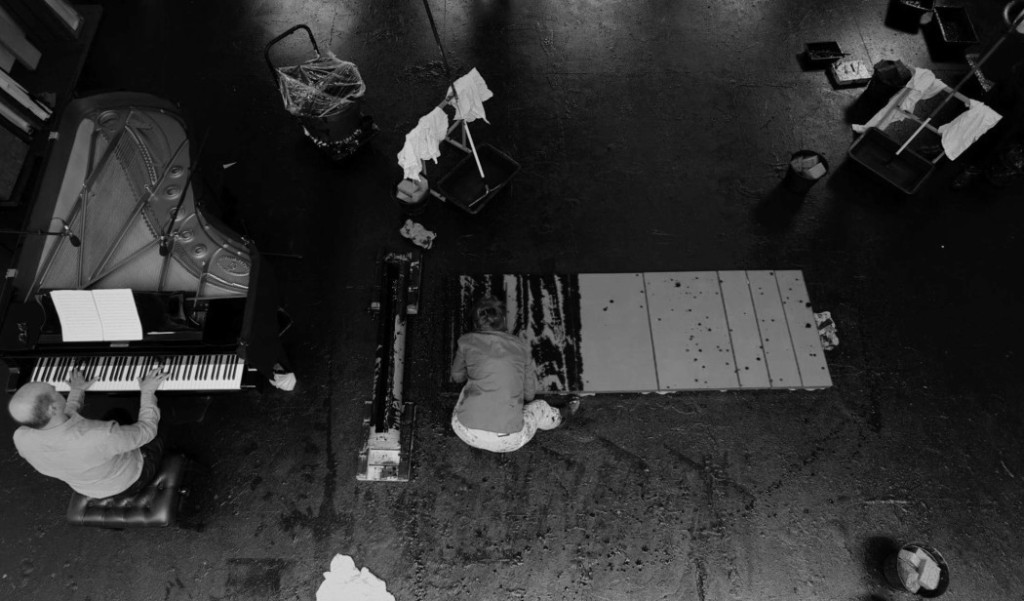
How was it like when you first arrived at Julliard? Was it easy for you to join the world of music? How did the musicians first react to your presence?
It was very hard … It was difficult for them to accept a visual artist with the pants and braid, every day, you know. And at the very beginning they couldn’t understand what I was doing there. And I really wanted to create a kind of laboratory and invite them to play with me as a painter and as a musician and look at it, if it’s possible, to have a concomitance in the genesis of sound wave and the pictorial wave. And at the very beginning it was quite impossible because they are trained in Mozart, all the musical structure, and it was quite difficult for them to forget all that and to exchange a free spontaneous language.
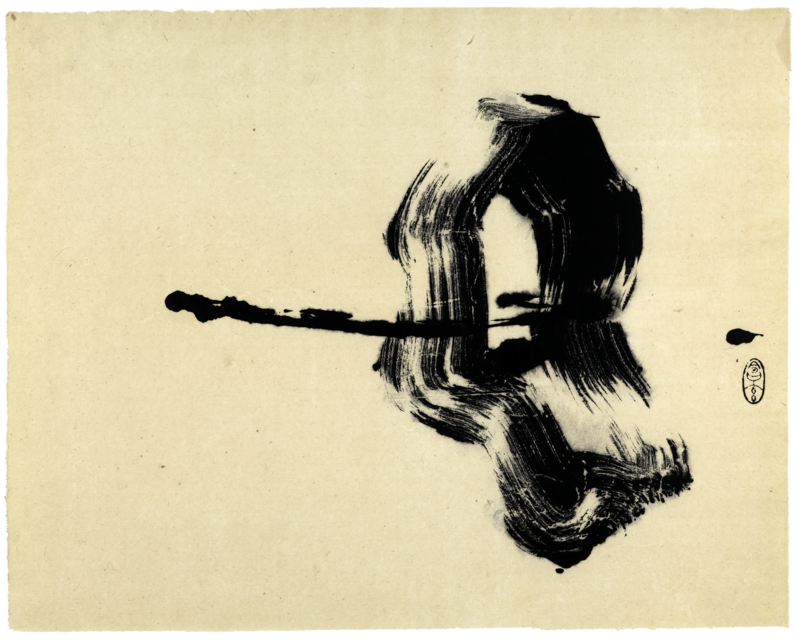
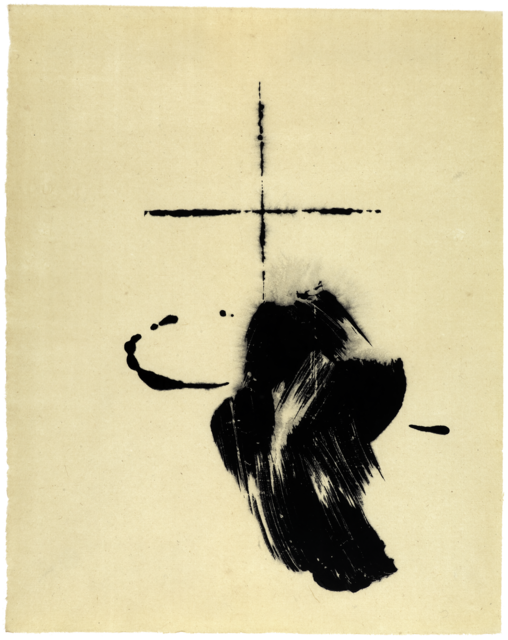
How was filming the documentary a part of the experience itself?
So, the movie, it’s capturing the movement. I really like the idea to film all our experiments with my brush, my husband was under the table with the camera and I was at the top, and I paint the thing, and there was a real — we really created some archive of the real encounter between sound.
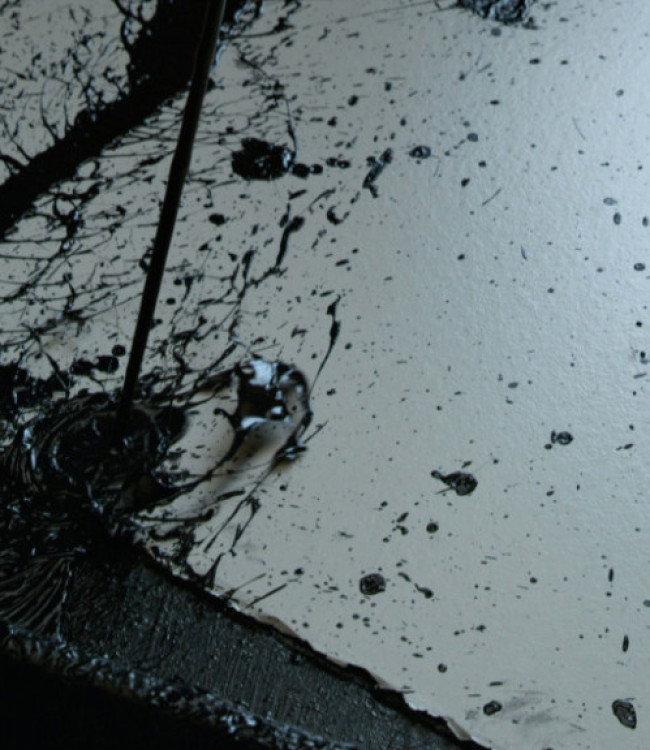
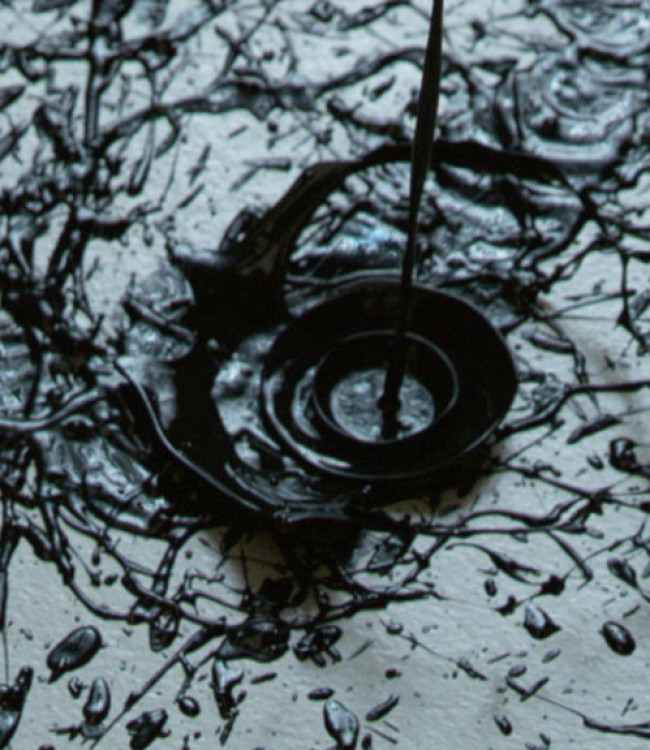
You’ve often talked about le trait, the power of the stroke, and how every stroke of the paintbrush has a life of its own.
I dare not say that but it’s exactly that. In those series, a great mystery happened for me and le pouvoir du trait, as you said, the painting paints itself. The painting tells me itself what it wants to share with the people. It’s a crazy thing, you understand?
Of course. How does this idea relate to the way you captured your experiences at Julliard in your paintings?
I really hate the idea to fix the thing because I think that in our traditional thing to paint, we fix the thing and it’s heavy and it’s dead and life is out of the painting. So I really devote my life to create that incessant movement of matter without beginning, without end, and try to invite the viewer in that life energy in constant becoming.
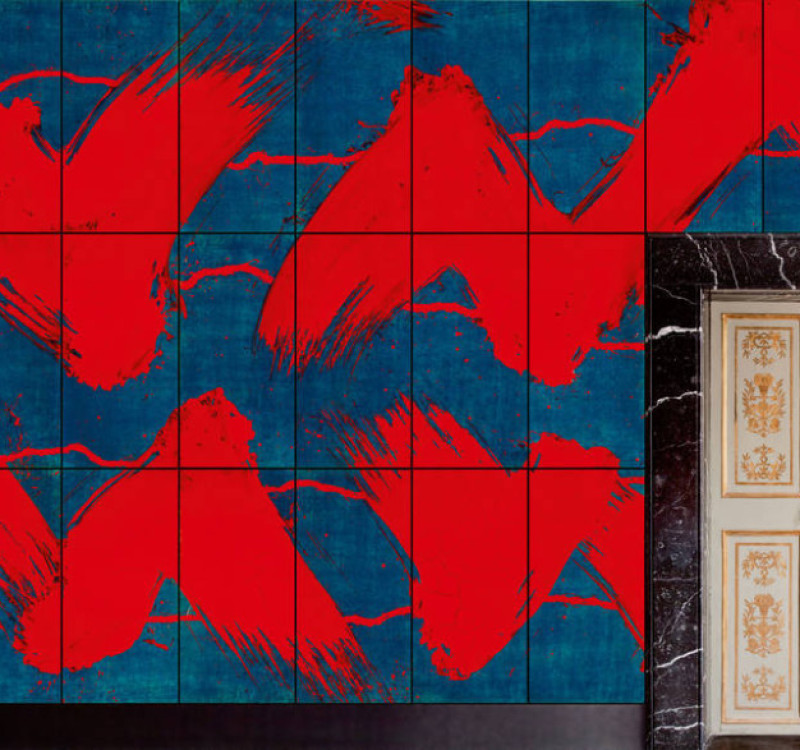
Do you think there are other artists, past or present, that feel the same energy experience with their paintings that you do?
Not in that way. But there is a lot of great masters who did express that kind of strong energy there’s de Kooning, Joan Mitchell, she has an abstract view of sorts, dynamic and natural form.
But I love also the strong approach and dynamic line of van Gogh. My little house in the countryside is near Auvers-sur-Oise, you know, van Gogh worked and did a huge drawing and painting in those fields and territory. And when I look at the movement of the field, you know des changes de blés [the movement of the wheat] and he took that crazy dynamic of the reality and more and more I feel close to that, I understand his crazy vision. It’s not so crazy.
All images courtesy of Fabienne Verdier
Related Reading




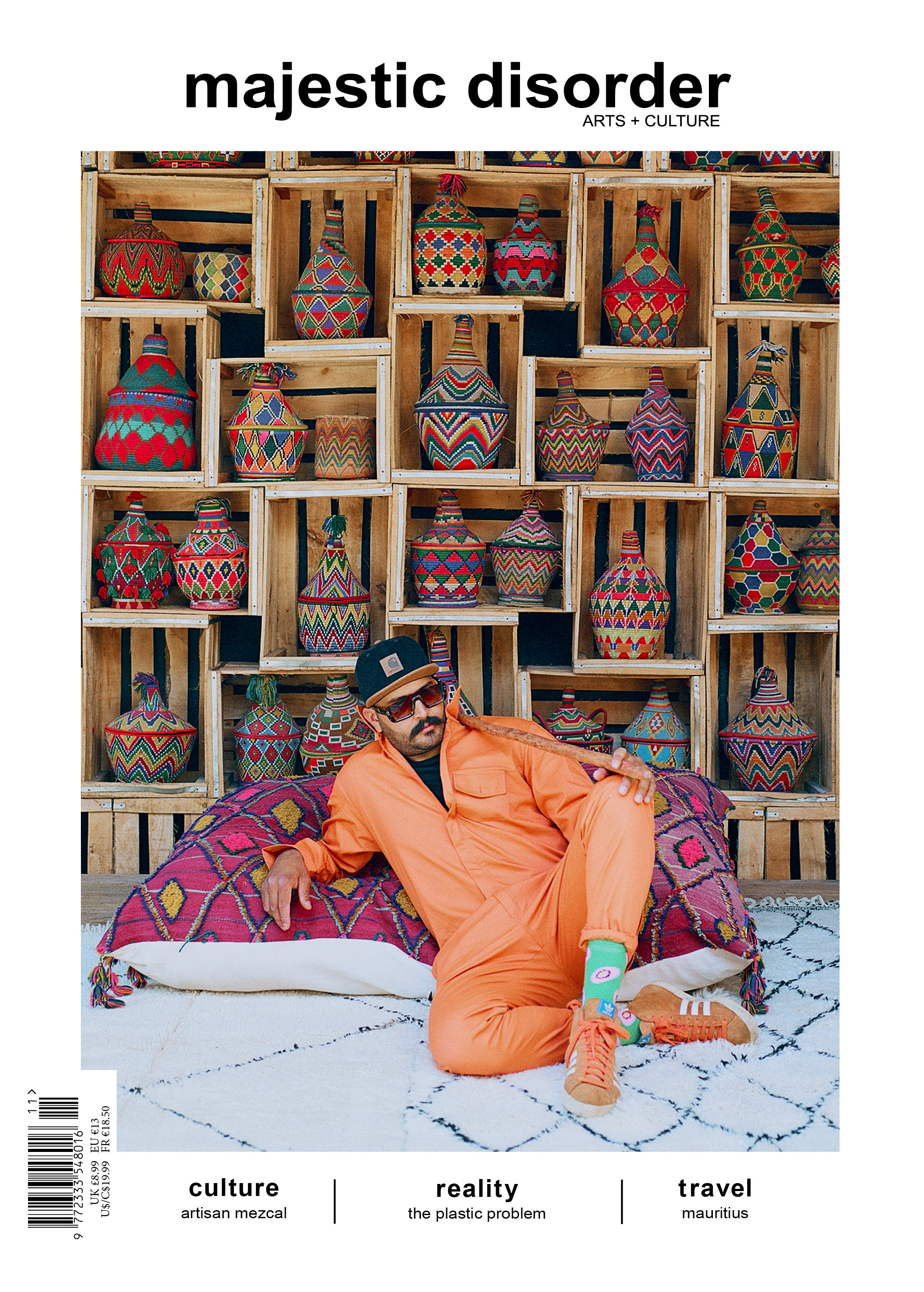

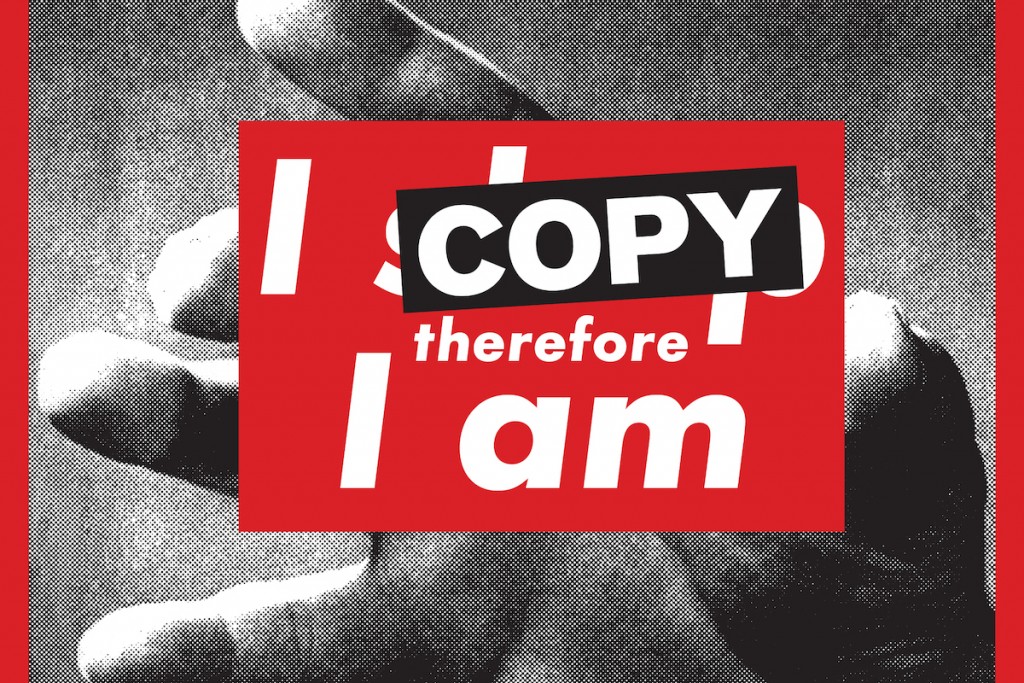
 @majesticdisorder
@majesticdisorder